In celebration of Superior Spider-Man’s “Goblin Nation” arc, over the next two months, I’m going to acknowledge what I consider to be the 10 best Green Goblin/Spider-Man storylines. I’m creating this list based on a full array of arbitrary, unscientific criteria: namely historical significance, artwork, creativity and my overall enjoyment of the story. I’ll run at least one entry a week until we reach my number one choice.
Here’s #6:
6. “The Return of the Green Goblin” – Amazing Spider-Man #136-137 (published September-October 1974): script by Gerry Conway, pencils by Ross Andru, inks by Frank Giacoia and Dave Hunt, colors by Linda Lessmann
Norman Osborn has reigned supreme as the Green Goblin of choice throughout the first five installments of my countdown, but obviously other characters over the years have donned the green mask and purple hat and found new and awful ways to psychologically and physically torture Spider-Man. When Gerry Conway and Ross Andru decided to make Norman’s son Harry the second Green Goblin during this two-part 1974 storyline, they created a new wrinkle to the Spider-Man/Goblin dynamic. The storyline also signaled to readers that even after Norman’s death, the legacy of the Green Goblin would live on and grow to the point that the villain’s power and hold over Spider-Man was rooted more in symbolism than as a tangible human in a costume.
In this storyline, Conway and Andru avoid portraying Harry’s Green Goblin as a legit physical threat to Spider-Man. But the emotional punch Harry’s transformation to the “dark side” carries is without question an emotionally crippling moment for Spidey/Peter. Harry was Peter’s “best friend,” roommate and romantic rival for Gwen Stacy and Mary Jane’s affections. Even if you want to quibble about how the Peter/Harry dynamic was portrayed in prior issues during the Stan Lee era (to some degree, I think Stan’s scripts said the two were “best friends” more than actually showed them interacting as best friends), Conway weaves in so many great details – big and small – about Peter/Harry that truly sell this storyline as a watershed moment for the series.
In terms of the big picture, I’ve always viewed Harry’s Goblin as the first instance of Spider-Man fighting a villain that he has more of a relationship with as Peter. Yes, Harry’s father knew about Peter’s secret identity, and was able to use that information against him with heartbreaking results. But during Norman’s original run as the Green Goblin, I’ve always believed the person he truly hated above all others was Spider-Man, not Peter. Spider-Man was the one who thwarted Norman’s plans to run New York City’s criminal underworld. Peter was just the guy under the mask – someone Norman only interacted with in society on select occasions. And while Peter’s presence brought out the worst in Osborn, the two would fight as Spider-Man and Green Goblin, not Peter and Norman (obviously, once Norman returned post-“Revelations,” these rules changed significantly).
In Amazing Spider-Man #136-137, Harry is very clear in that his issue is with Peter, not Spider-Man. Once Harry discovered Peter’s Spider-Man costume in their apartment a few issues earlier, he directed all of his misguided feelings towards his roommate. And soon after appearing as the Goblin for the first time in ASM #136, Harry makes it crystal clear to Peter that he plans on using the information he has acquired about his secret identity against him. Harry tells Peter that he’s “dead” no matter what – either he is killed by Green Goblin, or Harry will tell the world about his roommate’s secret and ruins his life.
One of the smaller details I’ve always loved in this arc is how Peter never refers to his adversary as the “Green Goblin” (or Gobby, or any of the other countless derogatory nicknames he threw at Norman over the years). Spider-Man is consistent in calling him “Harry.” The device really drives home the point that these two characters know each other intimately. And when Spider-Man is fending off attack after attack by the Green Goblin, it makes the reader wonder how he’s going to subdue a character he refuses to acknowledge as a super-powered enemy.
Additionally, the use of “Harry” also demonstrates Peter’s inability to accept how his best friend has become so hateful and insane. In both issues, Spidey reminds Harry that he’s not like his father, but he risks following in the footsteps of Norman if he continues with his insane behavior. Peter’s denial leads to a misstep in ASM #136, where he pulls his punches and finds himself on the verge of being killed off by Harry (only to be saved by a malfunctioning glove blaster). Spidey has his guard down in ASM #137 which provides Harry with an opening to kidnap May, MJ and Flash and set up the drama of that issue.
But beyond the “denial” factor, I also can’t overlook how Peter calls the Goblin “Harry” as a bit of gamesmanship. By assuming the identity of the Green Goblin, Harry is trying desperately to succeed where his father had failed – to defeat Spider-Man and destroy Peter Parker for all of the grief and pain he caused. In many ways, Peter is just trying to get inside Harry’s head, just as he does when he mocks Kingpin’s or Doc Ock’s weight. But Spidey’s mind games come across as much more sophisticated in ASM #137. And by the end of the story, Harry proves to be an inferior version of the Green Goblin. He fails to trick Peter into killing one of his loved ones/Flash and then gets tripped up on his glider by Spidey’s webbing – a trick even his father wasn’t falling for in his final days.
All of these details serve the larger conundrum that Conway concocts: “How can Peter fight his best friend?” It demonstrates how the inherent melodrama and over-the-top nature of the comic book medium can bring to light some very real interpersonal issues between certain personality archetypes. The storyline recognizes that just because you’re best friends with someone, doesn’t mean you always have to like them. Conway builds on an element of the Peter/Harry dynamic that had been evolving for some time in ASM, but was simultaneously being glossed over by prior creators: this idea that despite being the poor orphan who could never keep his life together, Peter is superior to Harry in every way. He’s smarter, more capable of having a functional romantic relationship (Peter was with Gwen while Harry floundered with Mary Jane), and has the love and support of his Aunt May (while Harry was abused by the emotionally frigid Norman).
The ending of ASM #137 further punctuates Peter’s “superiority” to Harry. Harry attempts to publicly out his friend as Spider-Man, but he’s acting so erratically, the cops dismiss Osborn as a loon who needs professional help. Sure, the scene is also meant to provide some laughs after two very emotionally fraught comic book issues, but it also brings to a light a character juxtaposition that flies in the face of everything we’ve been conditioned to know about Peter. When he’s not Spider-Man, Peter is the disheveled and unreliable one, but in this instance, when compared to Harry, he looks like a model citizen.
But what might be ASM #136-137’s greatest achievement is how the storyline delivers a second iteration of a great villain that is still engaging and captivating for readers. Over the years, we’ve seen second and third versions of characters like Mysterio, Vulture and even Doc Ock. All of them either failed to live up to their predecessor’s greatness and/or were totally forgettable creations for Spidey’s rogue’s gallery. Harry’s Green Goblin is the standard bearer for what a second version of a villain should be. Wrapped up in one nutty shell, Conway and Andru created a character who is diabolical, cruel, sympathetic and heart-breaking. And without Harry’s transformation into the villain, the Green Goblin’s legacy and impact on the comic book universe would have never achieved such greatness.
Check in on Friday for the next entry in my “Top 10 Green Goblin Storylines” list.

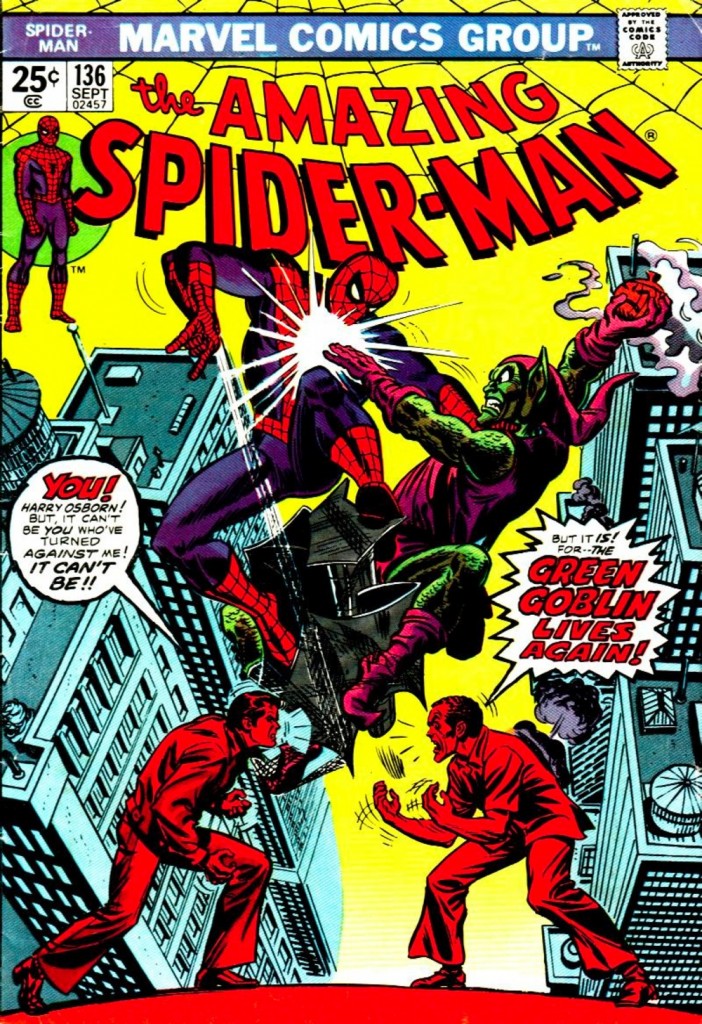
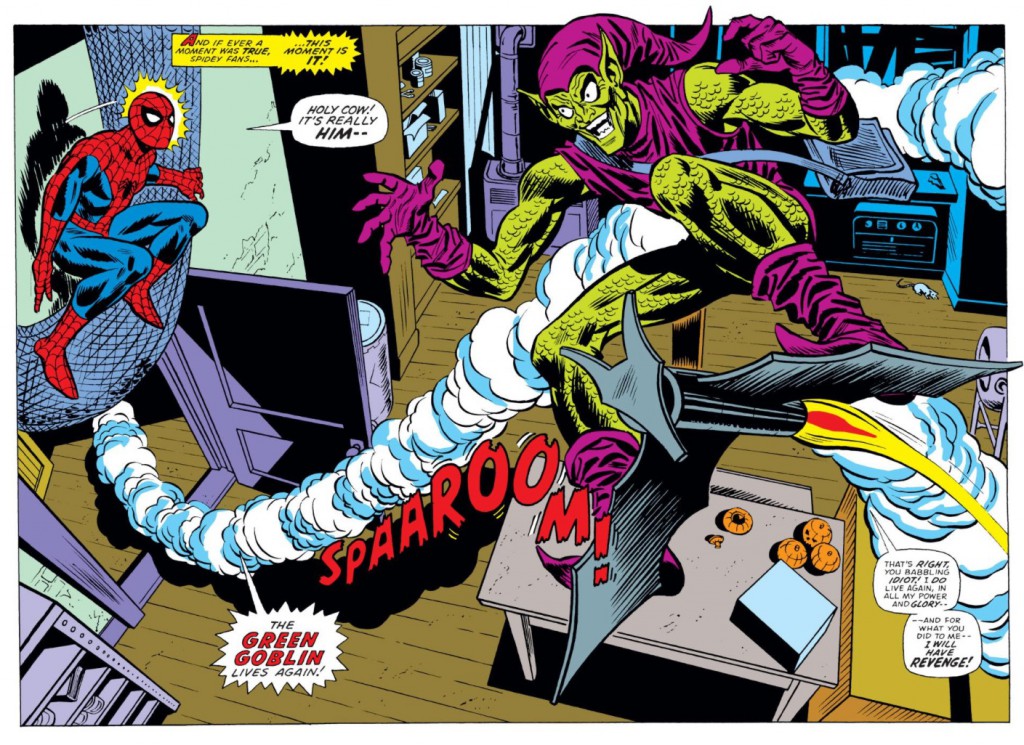
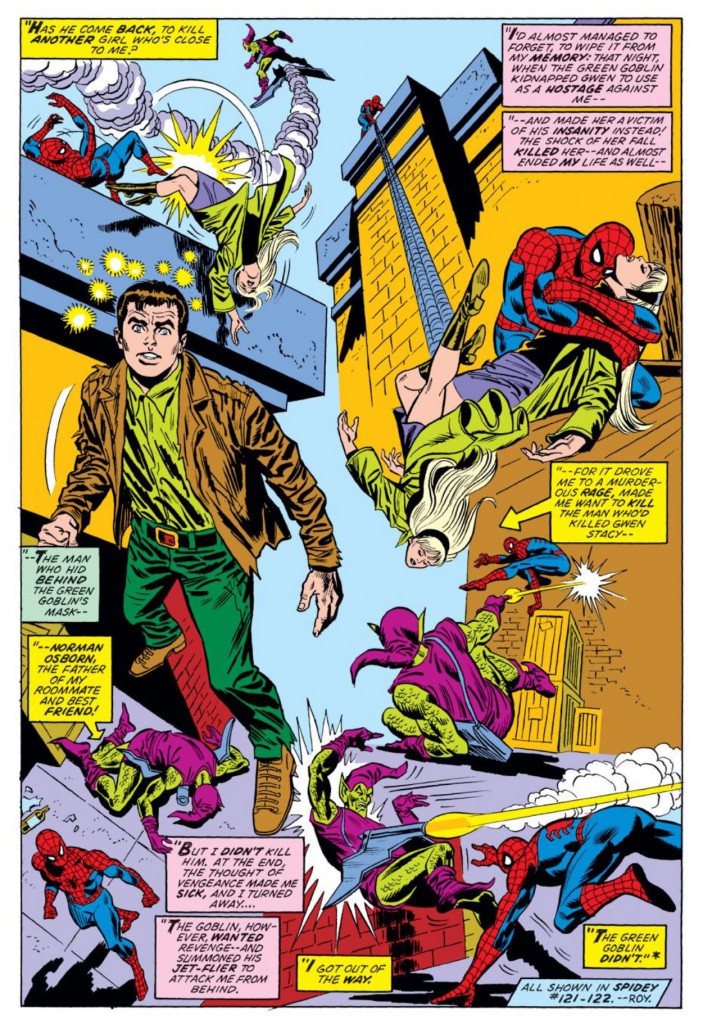
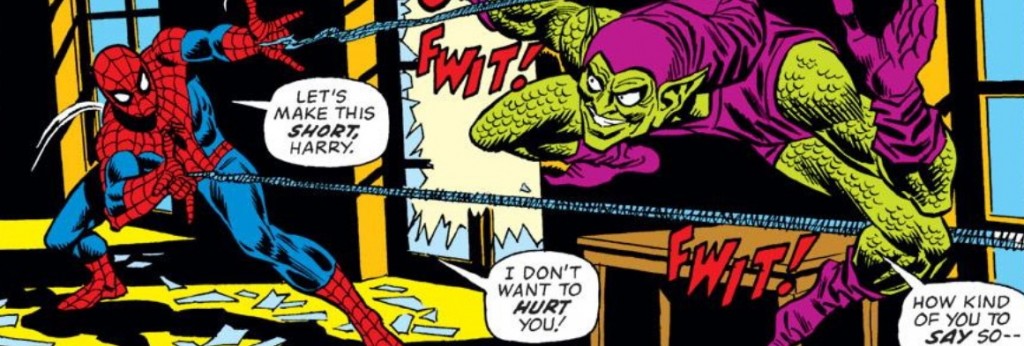
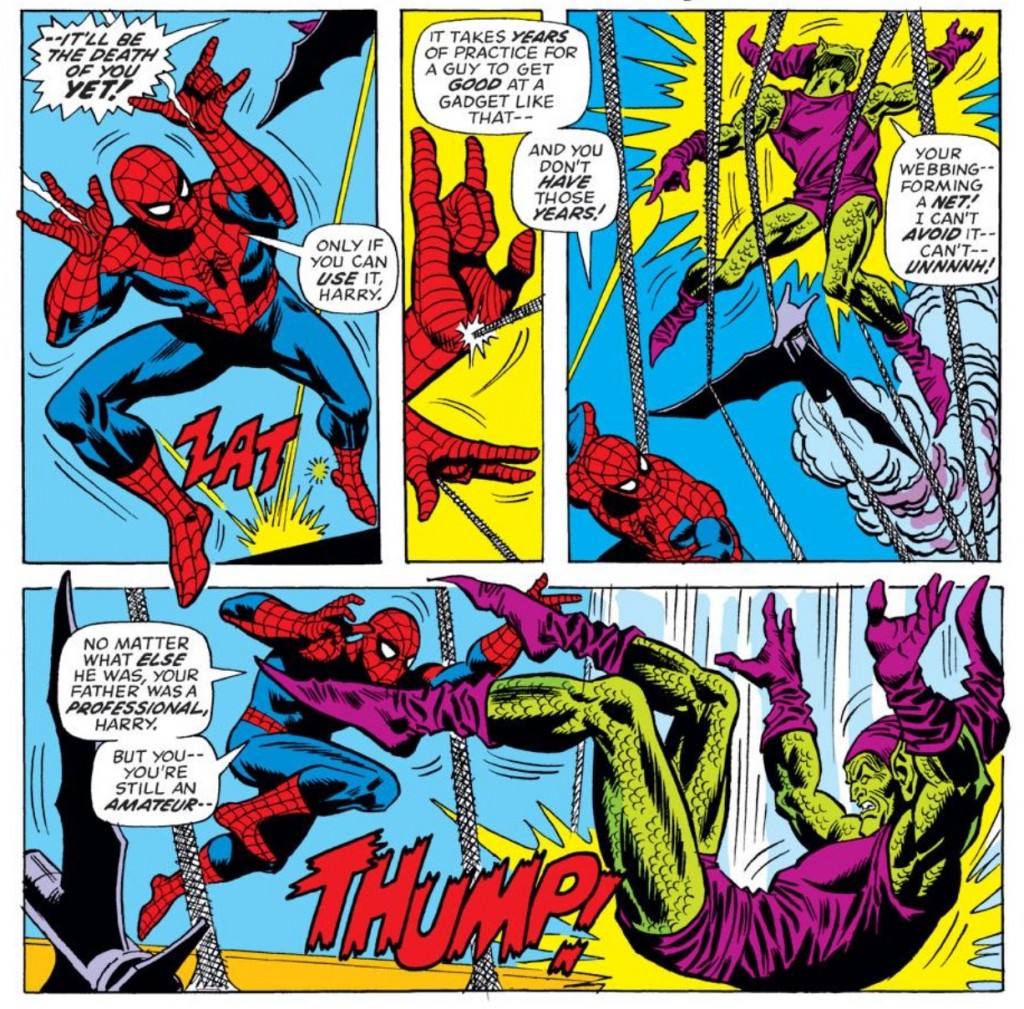
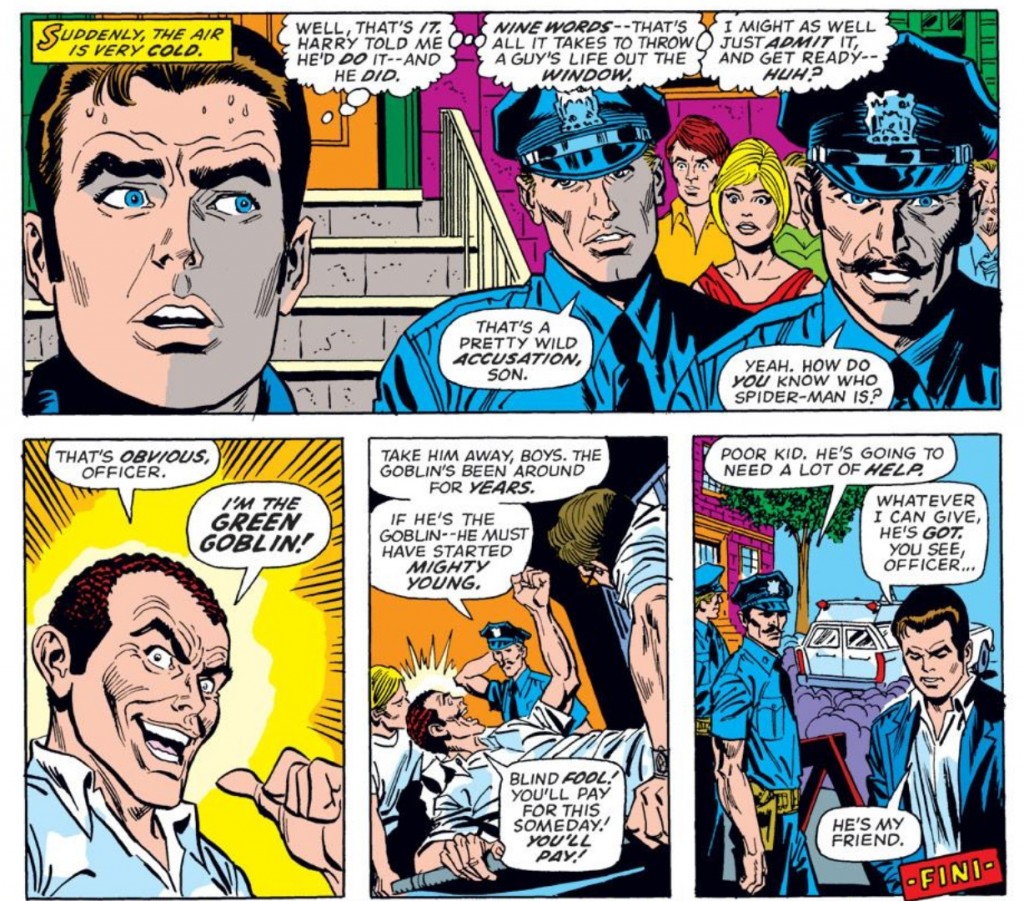

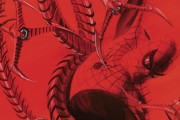
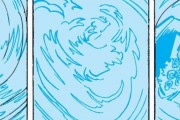
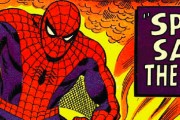
Excellent write-up, as I got these issues when they hit the newstand.. The capture of Peter’s ‘three’ in the 2nd issue slightly diminishes the overall classic tale-aura of this event, reducing it down to ’66 Dozer-Batman level.., for which I’d easily put your #11 pick of Spectacular Spider-Man Magazine #2 back in it’s rightful Top 10 status.
Spectacular Spider-Man Magazine #2 not only was my **first** Spidey comic, it was truely a classic from it’s jawdropping painted Romita Sr cover, to Peter’s clever webball-smoke bomb tactic, to the psychedelic smoke bomb sequences to Peter’s maskless carry of Norman to the hospital. Pure Spidey-Goblin magic from start to finish.
In a awe-inspiring larger color format…, for 1968, no less..!!